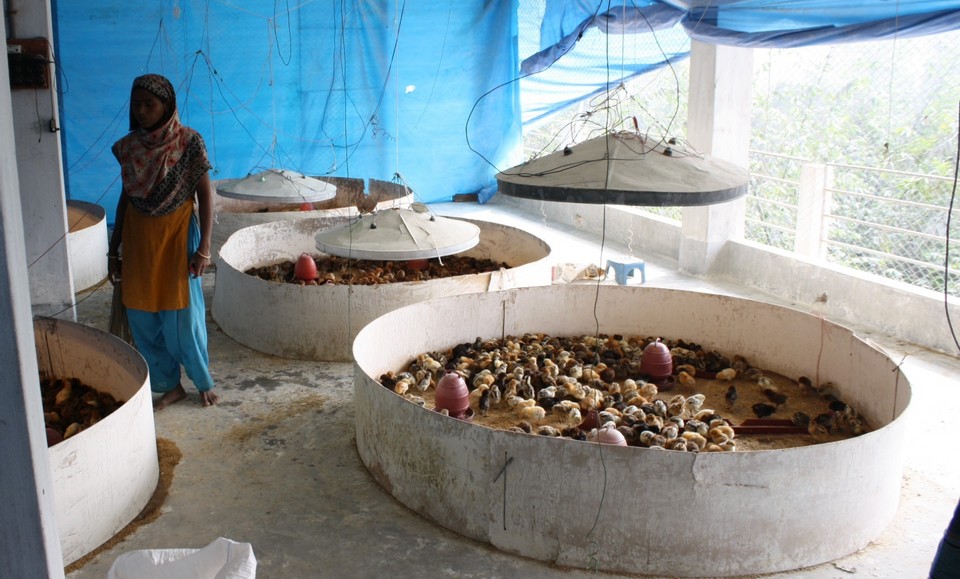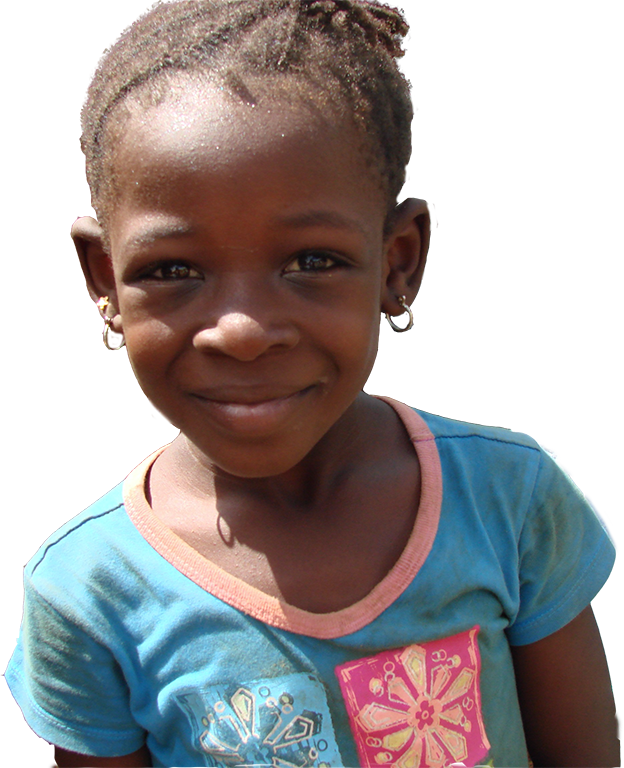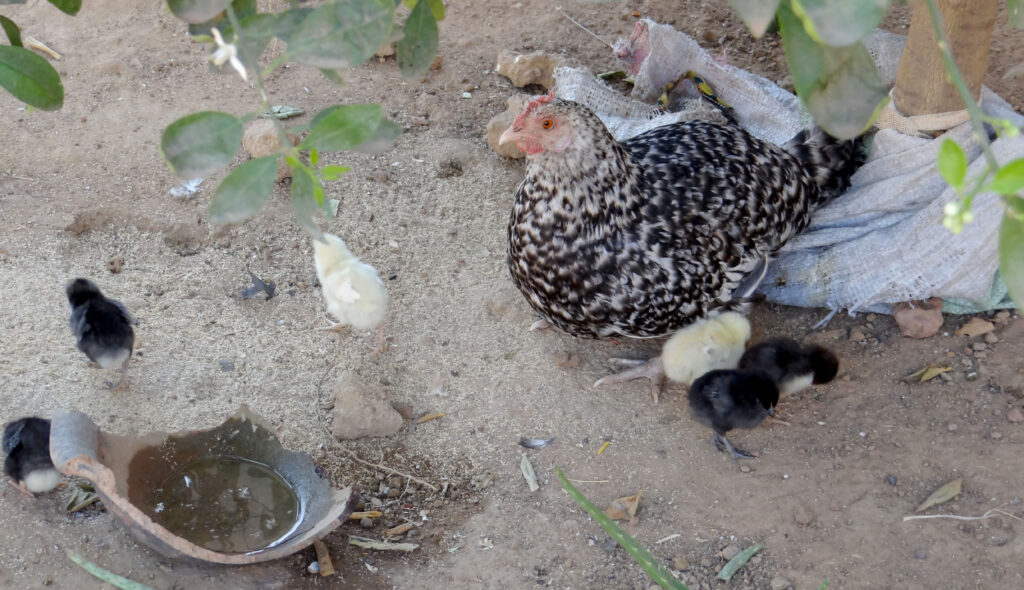
Poultry Training for Smallholders in Burkina Faso
Nov. 16 | 2021
Poultry production in Burkina Faso is widespread and primarily consists of smallholders in rural areas. For many agricultural practices men are in charge of the operation while women maintain the household. Ironically, poultry production has the largest population of women who are the main producers. Still, men maintain the financial transaction in the market.
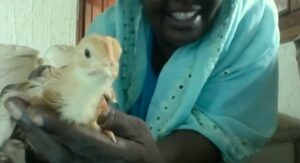
The agricultural demand for poultry in Burkina Faso has increased in recent years but there isn’t a production system that is able to support it. With the help of Farmer-to-Farmer (F2F) and Jon Moyle of the University of Maryland Extension, farmers in the region are able to connect with an expert on how to use techniques to increase production. The timing is perfect for women as they already have a large portion of poultry producers and a market that is ready for their product.
In a society that views a woman’s role to be household tasks, educating men and women on balancing roles is important. Women working as an agricultural entrepreneur dramatically increases income, nutrition and the social involvement of women. F2F training allows for women to improve on production techniques that give them the leverage to become a provider.
Poultry Training
Before the training volunteers work with farmers about barriers and goals they want to achieve. Some of the concerns revolved around feed options, proper litter management, successful breeds for the region and questions specific to their current operation.
Like many livestock farmers the breed of the animal can be imperative to the success of their production. First, what is the goal of the farmer? One farmer might be looking for egg laying poultry while another may be looking for meat. Second, environmental conditions for the region such as temperature, humidity, and air quality impact the breed choice as well. Local breeds are popular for many of the farmers but cross breeding often is the key to reaching the highest rate of production.
In a previous training with volunteer Neelam Canto-Lugo, she discussed the importance of keeping records of everything relating to the business. Once the livestock or item is being sold for profit, it becomes a business. Without keeping records farmers can begin to lose track of necessary spending, lack of information for a business plan, goals will not be motivated by increasing numbers, and ultimately farmers will not be able to improve the production.
The records for poultry production that should be kept include financial, production and bird health. Recording these different data sets allows for a farmer to see what methods are working well and what needs to change, leading to a higher return on investment.
Two of the biggest factors that have affected poultry farmers in the region have been improper brooding efforts as well as disease. Brooding includes the somewhat intensive process of raising chicks at their most vulnerable state including protection, feed and water. One of the best ways to increase their chances of surviving is by providing a housing system that adapts to their age among other factors. For example: as the chicks grow in size, so should the height of the feed. Otherwise the chickens waste food.
Second, diseases can be the end for an entire flock of healthy adult chickens. Without understanding how disease can spread, the efforts of a farmer could fail. It can spread through humans visiting the farm, new poultry introduced to the farm, general critters such as mice, and so on. By viewing the housing for the poultry as a biosecurity zone, it can break the link between potential disease and the mini world of the flock.
It might sound like a difficult process but there’s many cost effective and accessible options for farmers that can be adapted for people around the world. This can include the seperate boots for the enclosure, shoe covers, isolating new birds, signs to prevent people from entering the property, secure the housing from critters, flocks of the same age, and sanitize equipment that is being used.
Vaccines are also another important aspect of preventing major outbreaks within a flock. In the region itself there are vaccines but it may be difficult or unknown on how to access them. A success story from Tanager (ACDI/VOCA affiliate) details the education that helped one woman with her poultry business and the full impact of women taking over poultry management. Read the blog here.
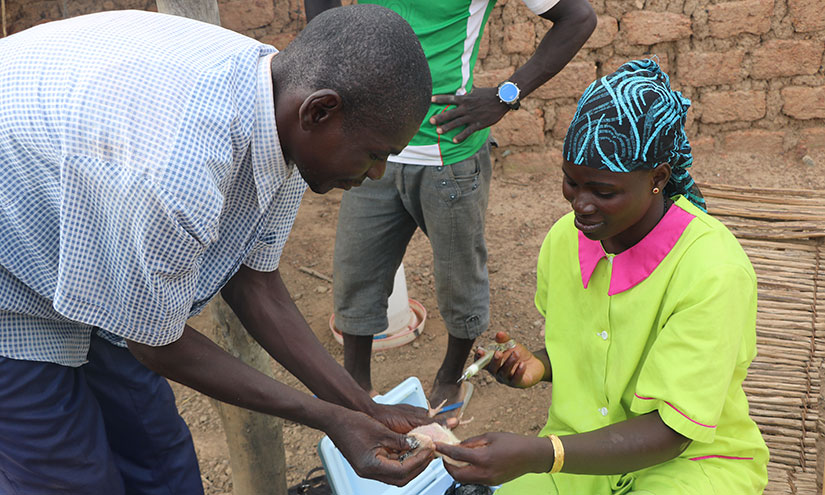
Other Impacts of Poultry Production
Other than viewing poultry as a business for income, there are studies that have been conducted in the region about how eggs could dramatically improve nourishment issues for children. Over 535,500 children under the age of 4 in Burkina Faso are acutely malnourished with 156,000 suffering from severe acute malnourishment (UNICEF). Learn more about the possibilities of egg production to increase child nutrition from Feed the Future.
In the future we will be creating a post about a new project directed toward people with disabilities. Many people with disabilities in West Africa struggle with finding any opportunities and often result in begging to earn money. But people with disabilities have skills to earn an income, sometimes all it takes is assistance in finding the right fit. One group of individuals with disabilities is beginning to learn poultry production that will lead to a higher source of income. In addition to women, people with disabilities will then be able to show they are capable of producing their income, possibly changing societal perceptions and involving them in more influential roles.
Our Resource Page includes materials from the training with Jon Moyle including:
- Full videos of the training.
- Basic Concepts in Poultry Farming in Developing Communities Manual.
- PDF documents for an introduction to poultry management.

